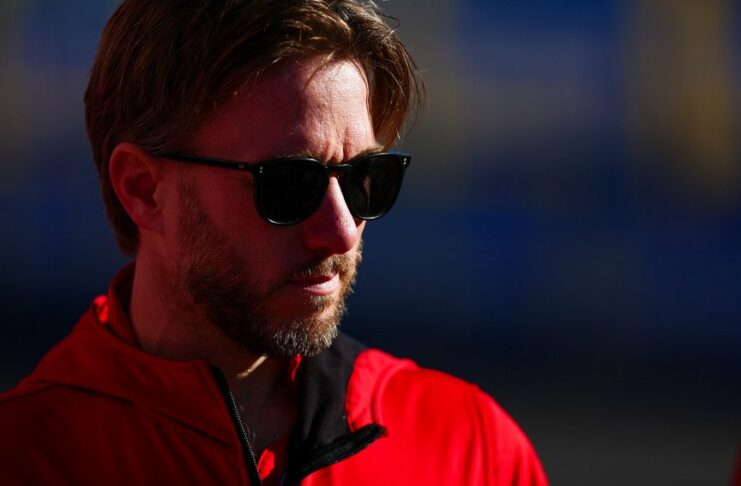Monchengladbach-born Nick Heidfeld has just turned 43. But he was only 11 when he took to karts; the classic route one takes, especially in Europe, to go higher up in the graph in motorsport racing.
He spent 12 seasons in Formula 1, the highest mark any driver can aspire to attain in his career and nearly half a decade in Formula E. Furthermore, he would spend a year racing at American Le Mans series, and half a decade in FIA World Endurance Championship.
To sum it up, here’s a bloke who placed himself in the cockpit of a car even before he entered his teen years and it was only in 2018 that he last raced in an international league.
So what do we make of it?
This is a career that’s spent nearly 3 decades behind the wheels of a racing car, driving at ballsy speeds, running in circles around the world wherever he’s seen a thing called a main straight, chicane, pit-lane, or a hairpin-bend.
Gravel-trap or asphalt, it’s never mattered to Nick Heidfeld, who’s forever remained buried in the search of meaning and unmitigated speed.
When Formula 1 ended, he took to the renowned World Endurance Championship. Post that, he switched to the changing tides of racing, heading to Formula E. He stabilized the fortunes of Venturi Grand Prix before making a switch to uphold Mahindra Racing’s presence in the format.
What’s more? For a year, he even moved to the famous V8 Supercars Championship, going the same year (2012) to the Porsche Supercup.
He’s juggled the tight tussles between driving V8s and V10s, switched from the turbo-charged to the electric mode, and gone full throttle each time as he attempted to race his heart and veins out.
In the wheel of life where time and tide wait for none, racing has fulfilled the sole objective he’s had in life: To race anything that moves fast on four wheels. Hence the name, Quick Nick
A consummate racer
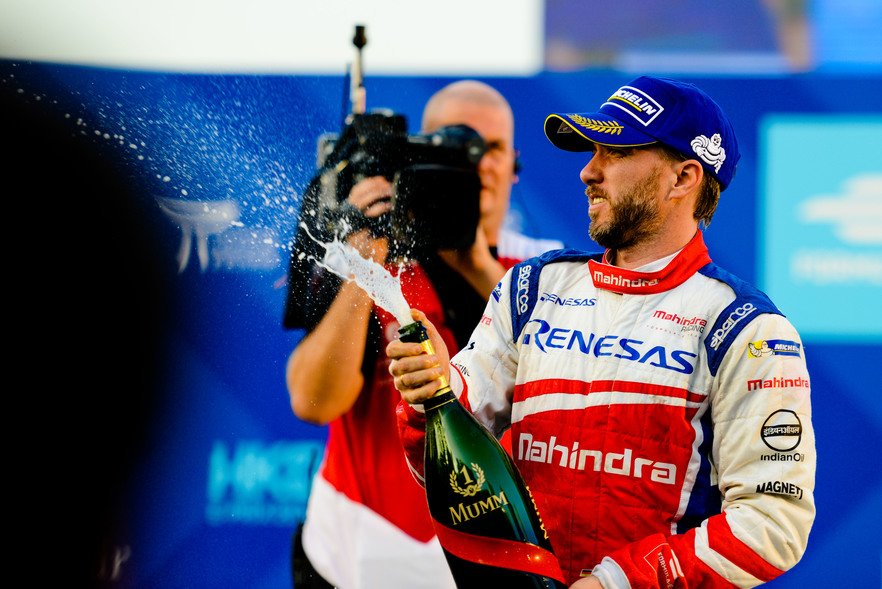
Racing seems in his blood. And his blood is German; the nerves are forever spiked with that unquenchable thirst for adrenaline and adventure.
Like a hedonist driven by the pursuit of racing around the globe, Nick Heidfeld is in a sense, a citizen of the world, the racing track- his home away from home and probably, the only place where there seems eternal meaning.
To the Formula 1 fan for whom the 2000s were an uncomplicated era, where there weren’t many hindrances between the man and the machine; a time where tire compounds, new circuits, wilder rules didn’t play the great intervention, Nick Heidfeld signified speed and determination.
He was a guy who believed in competing fairly, putting the dignity of the contest as his first priority. Not the guy to detest teammates, rue over lost chances, and emerge irate and forlorn over a lost battle.
Yes, fortune wasn’t always his best friend. He never got a sterling or top-notch drive in an A-list team akin to a Mercedes, McLaren, or Ferrari.
Yet, despite often competing in unreliable machinery, Nick Heidfeld managed to extract the best he possibly could, managing grades that at the end of the day, seemed, “not too bad” when instead they could’ve so easily been ‘disastrous’!
When Tom Hanks famously remarked- “There’s no crying in Baseball” (from 1992’s A League Of Their Own), he meant you have no choice but to do your best!
Why crib?
What went against Nick Heidfeld?
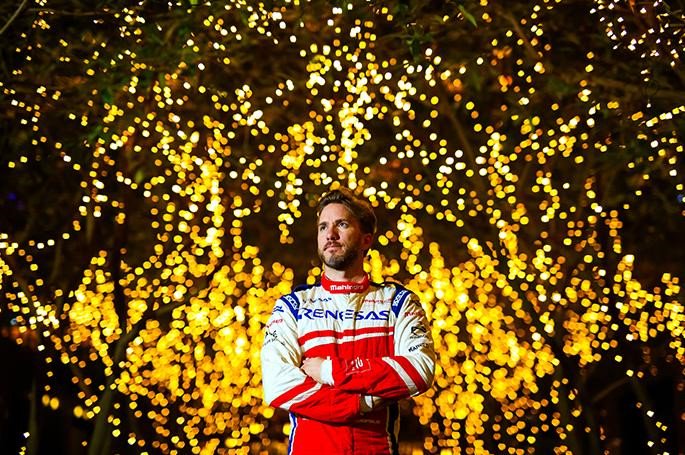
Perhaps Nick Heidfeld, a driver considered utterly competitive, if not legendary, stayed true to this philosophy. Not the one to complain, someone who did what he could given what he had at his disposal.
To this day, probably there are fans that may decry McLaren’s decision when they signed up Kimi in 2002 (to replace Mika Hakkinen) when they could’ve given his former Sauber teammate Nick Heidfeld a chance. The German was then a Test driver, but many may not be wrong to think that Heidfeld may have felt utterly dejected that bigger drives didn’t come to him.
Perhaps, there is a possibility that we may have seen some stunning drives from Nick Heidfeld if he’d persisted in Grand Prix racing long enough to race the 2014 season- the year synonymous with the introduction of the turbocharged V6 engine, a new sophisticated formula.
Imagine the pairing we’d have gotten around to see had Mercedes, who already got Nico Rosberg on board, had managed to sign Nick Heidfeld?
An all-German pairing racing a German machine. That may not have have been bad at all, right?
The exasperating F1 years
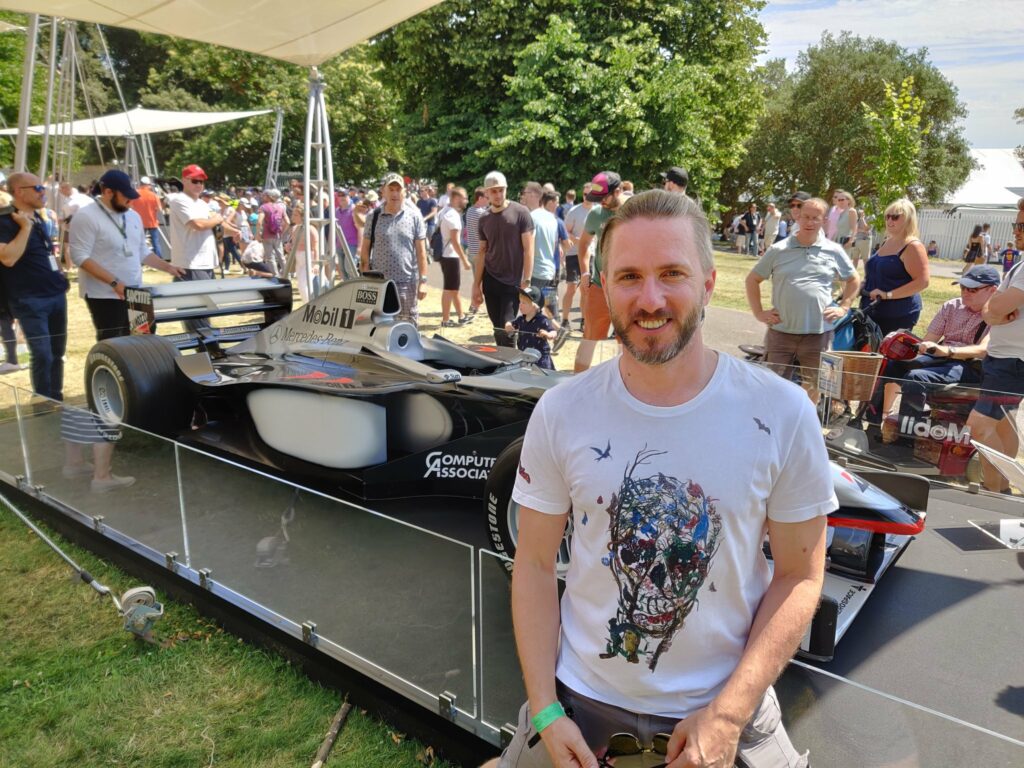
But like many Formula 1 drivers, Nick Heidfeld’s career presents itself to the whiff of possibilities that may have taken him to greater heights as much as it blends in the euphoria of what he did extract eventually.
In the complicated and unpredictable world of Formula 1, Nick Heidfeld entered 185 races and had 183 race starts against his name, which yielded 259 points in the end.
At the outset, this doesn’t seem too magical a number.
But when you realize that from the onset of the 2000 Australian Grand Prix (when he debuted) to 2011 Hungarian Grand Prix (his last race), he registered 13 podiums and 2 fastest laps, you understand a bit about the man who hails from North-Rhine Westphalia.
Put the horrendous disappointment of having registered as many as 45 DNFs and the picture changes drastically.
It yields what any pundit or loose wheel nut would call very respect-worthy numbers in the tectonic world of Formula 1.
The BMW years
For someone who had the ignominy of having 10 DNFs in his debut season, race-retiring on 35 more occasions, Nick Heidfeld technically collected those 259 points from 140 race entries as on 45 occasions he was a driver with a DNF against his name.
Yet, it mustn’t be forgotten that Nick never had an easy day.
On the track, he faced unsparing competition from the likes of the Schumacher brothers, Rubens Barrichello, David Coulthard, and Mika Hakkinen, all of whom were at their peak by the time the Deutscher arrived, aged 23.
In a sense, he was the adjoining link between the older generation featuring Schumi and Rubens and the younger lot, featuring Alonso and Raikkonen (who arrived a year later post Nick’s debut).
His real break arrived only after spending an ordinary season with Prost and three frail seasons with Sauber.
If the period of 2007 to 2009 fetched pure gold for Raikkonen, Hamilton, and Button, respectively, each winning a title in that order, the same period rewarded Nick Heidfeld for his perseverance.
While the Ferrari and McLaren drivers formed the headlining material, Nick Heidfeld, who from the onset of the 2007 French GP to 2009 Italian GP held the record of 41 consecutive classified finishes, emerged as Mr. Consistent on the grid.
During this time, he took part in 52 Grands Prix
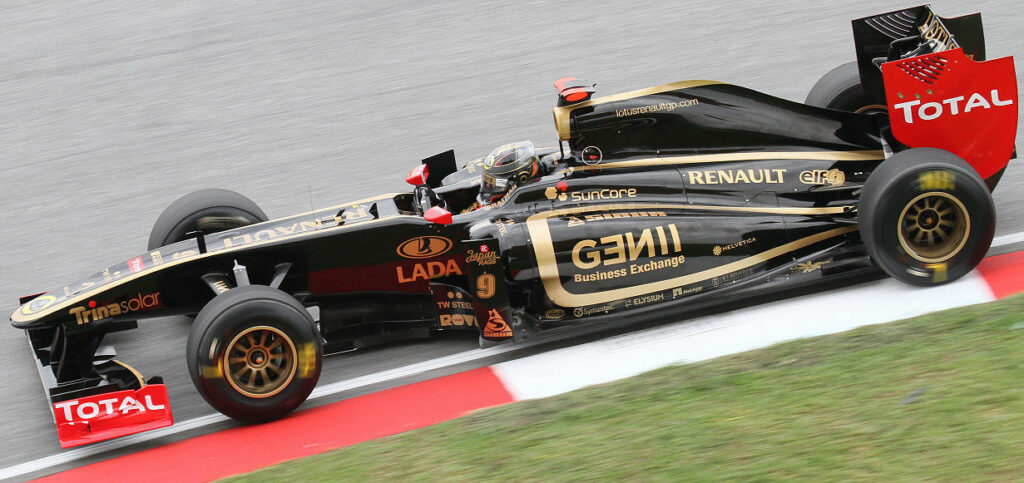
Not only did Nick Heidfeld score 197 of his 259 points during a 6-year stint with BMW, but also clinched 11 of his 13 career podiums driving the strongest machine he got all his life in a fruitful alliance.
While many would regard his P3 at Brazil in 2001 with Prost as one of his finest moments (having begun from P9 on the grid), it was the rampant and unrelenting drives at the Hungarian GP of 2006, where he got a P3 and the P2 at the 2008 Canadian GP that amplified the ultimate racer in him.
In 2008, Canada, in an utterly BMW-dominated contest won by teammate Kubica, Heidfeld finished 23-seconds ahead of Coulthard for his second. He collected 60 points that year though 15 adrift of the Pole.
A year before, he emerged with his career-best finish grabbing fifth on the Driver’s Standings, scoring 61 points with two podiums, the most he ever did in Formula 1. With the BMW-Sauber F1.07, he secured a hat-trick of P4 finishes at Australia, Malaysia, and Bahrain, seldom going off the pace.
Surely, a victory eluded what always seemed a promising career that went head-to-toe with some of the most revered drivers of the day.
But it may not be wrong to say, Nick Heidfeld’s consistent performances raised the bar for what it means to be a true grinder in being a midfielder.
The top step of the podium may never have belonged to the passionate racer. But he’s intrepidly contributed toward exemplifying Germany’s contribution to the world of F1 racing.
Follow us on facebook for more sports news & updates

